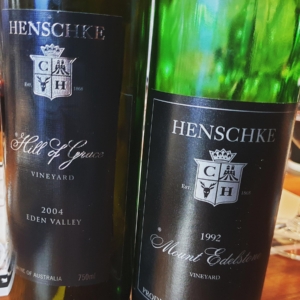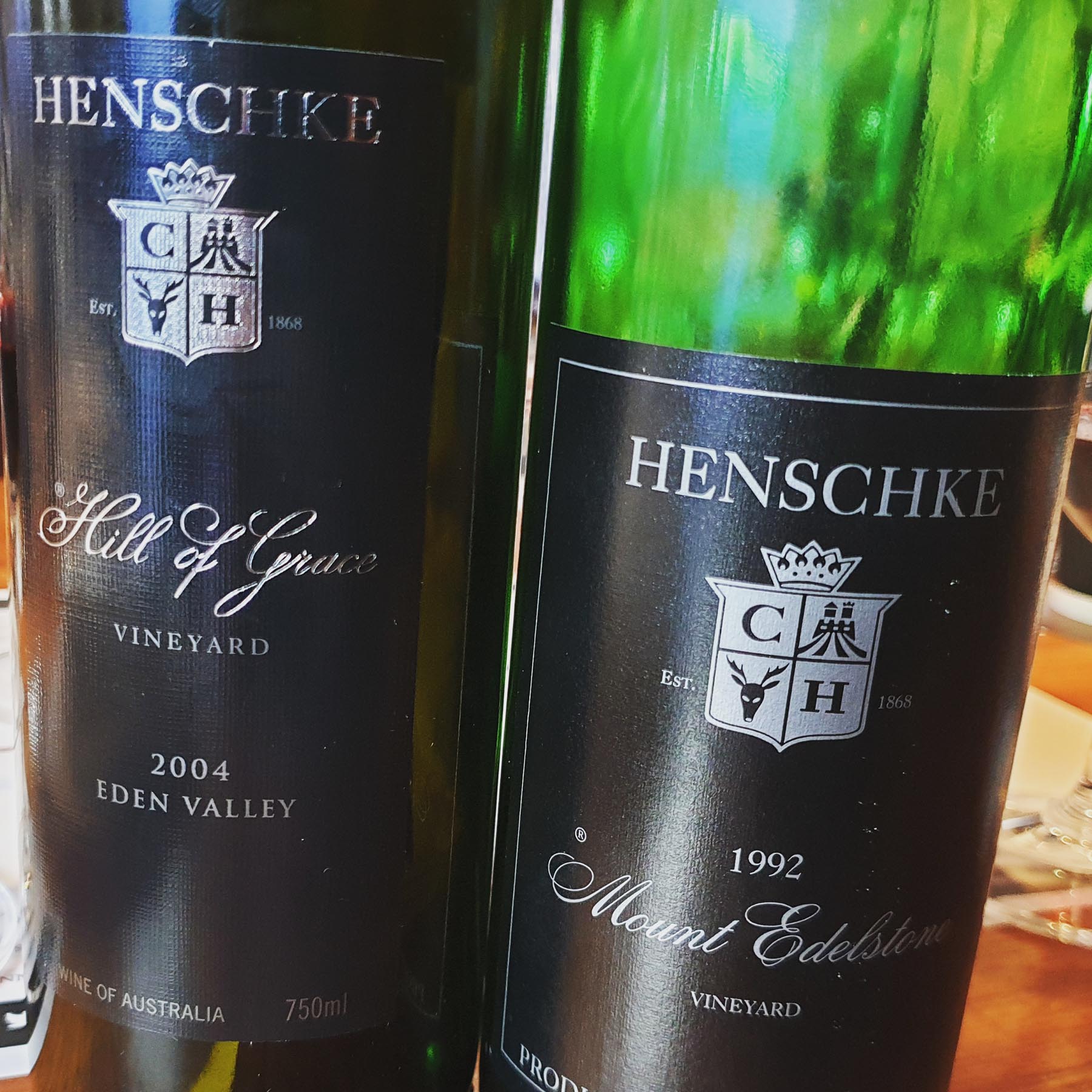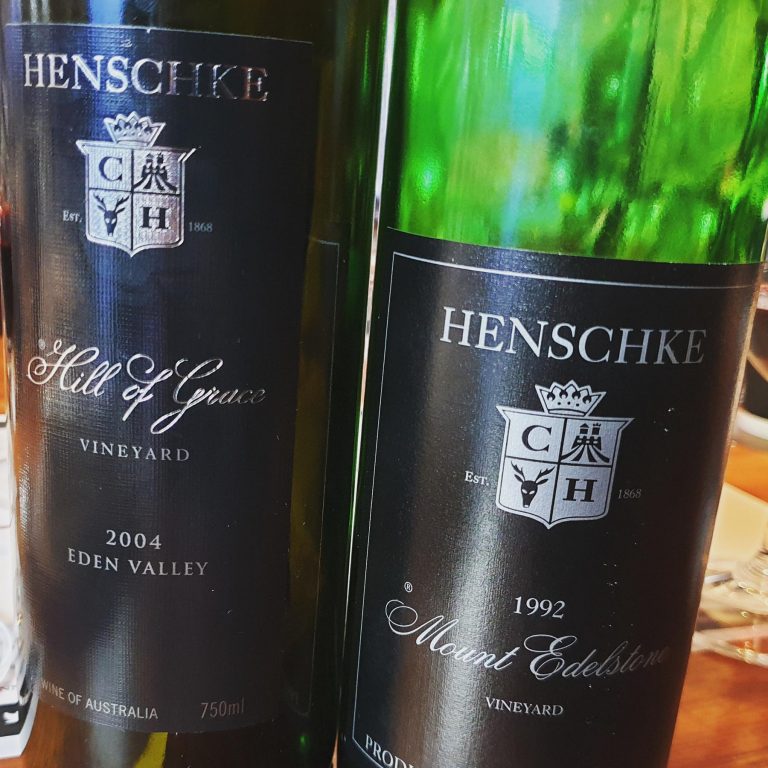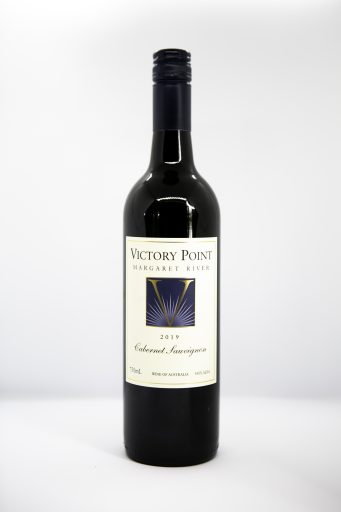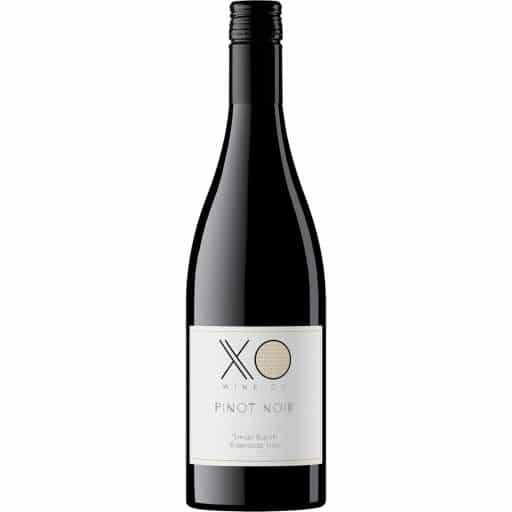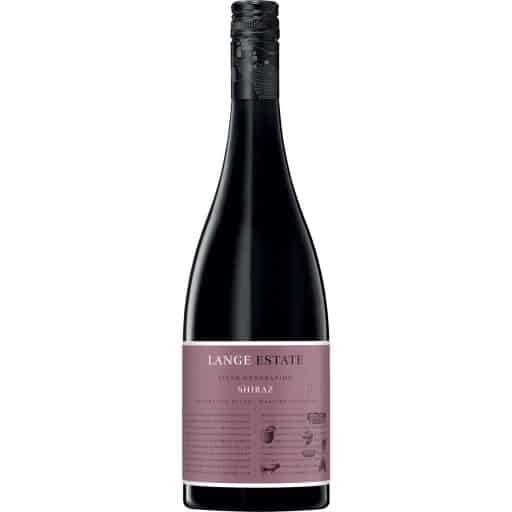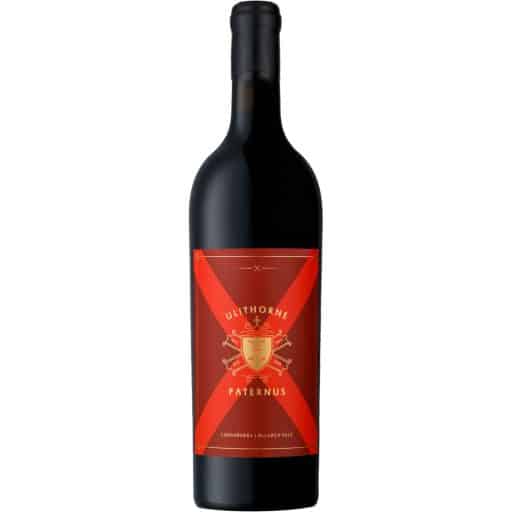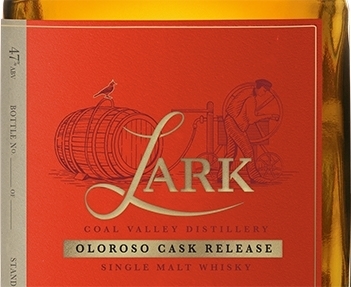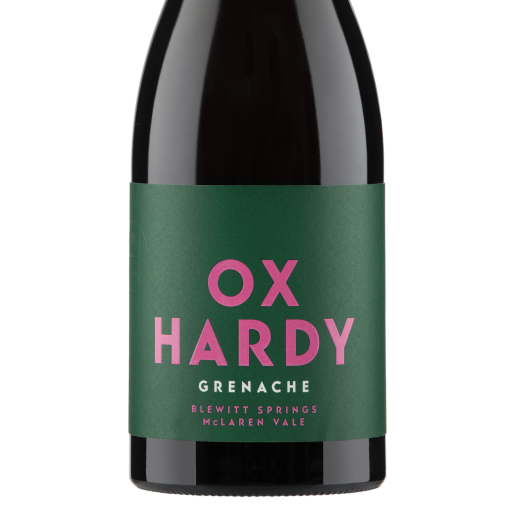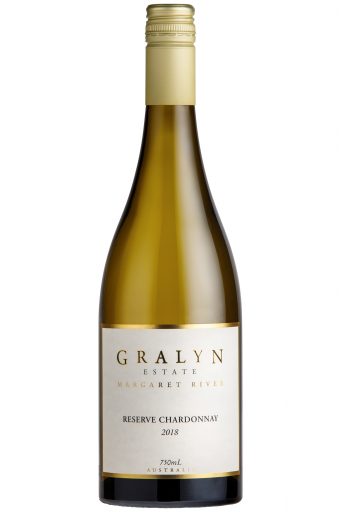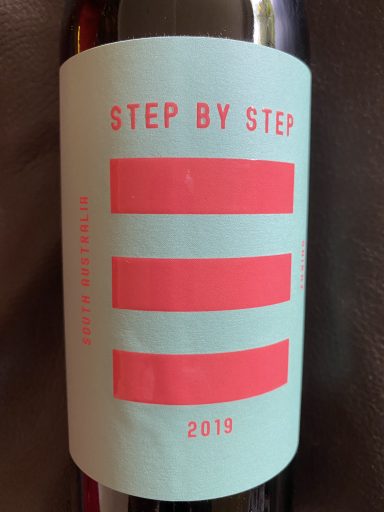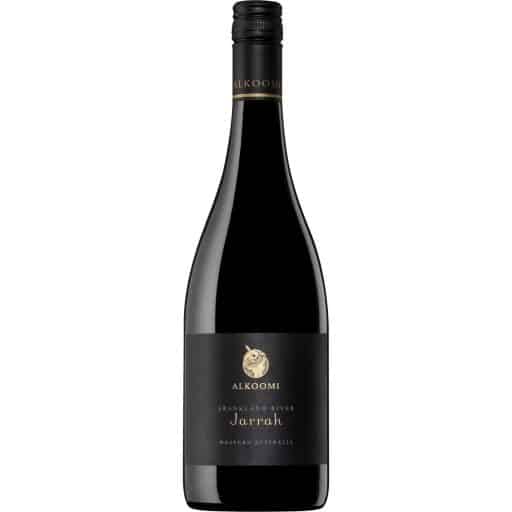Home > Eden Valley’s other iconic hill – Mount Edelstone
Eden Valley’s other iconic hill – Mount Edelstone
Share
One century ago the vines from one of Australia’s most hallowed vineyards spread their first roots in the Eden Valley’s Mount Edelstone vineyard. While many of the original plantings in the area came about from early European immigrants looking to enjoy at least a taste of their home in a foreign and unhospitable land the Henschke Mount Edelstone vineyard had much more noble beginnings. For it was planted by Ronald Angas, grandson of George Fife Angas, the founder of South Australia. The land itself was originally a government grant that had been passed down the family line and Ronald, having returned from study at Oxford and travel around the continent, planted it in 1912 with Shiraz, sourced from the James Busby vine collection, cuttings for which were first bought to Australia in 1830.
Mount Edelstone was originally named Edelstein, meaning gemstone, due to the mineral rich soils and their yellow opal treasure. For the first forty years of its life, at a time where fortified wines were the order of the day, its treasure remained largely hidden until Ronald’s son Colin offered the fruit for sale to his friend and vigneron Cyril Henschke in 1952. It was surely not a difficult decision but Cyril had his conditions – he would not buy the fruit unless he had full control of the vineyard. Colin Angas relented and the Henschke Mount Edelstone Shiraz, or Mount Edelstone Claret, as it was first known, was born.
While the first vintages were admirable it was not until the wine from 1956 was released that the vineyard’s quality became fully apparent in that it scooped a swag of major wine show trophies around Australia. While Henschke’s Hill of Grace vineyard is the most revered of the family wines, Mount Edelstone holds a special place being the first Henschke wine to be bottled from a single vineyard, with the initial Hill of Grace release coming from the 1958 vintage, the idea for which was no doubt born from the success of Edelstone. Without doubt Mount Edelstone is also one of the longest standing single vineyard wines in Australia although it was not until 1974 that the Angas family finally relinquished ownership of the vineyard as well as an adjoining orchard and the vineyard was finally and completely in the Henschke family’s grasp.
The orchard, though, proved to be a problem, introducing disease into the prized vineyard. Slowly some of the old vines succumbed, which is when the skills of Prue Henschke, viticulturist and wife to fifth generation winemaker Stephen Henschke, came to the fore. As far back as 1986 Prue began work on vine selection, to identify the finest clones in the Edelstone vineyard to replace vines as they faltered due to disease or simply old age. Over time the fittest and strongest vines had shown their class through the quality of their fruit and their general health. From this group a top 100 were selected and gradually whittled down to the finest ten vines, which were then propogated for planting. The decision was made to, rather than rely on a single herculean vine, introduce a broad array of all ten into the Mount Edelstone vineyard so as to increase fruit complexity. Similarly in Bordeaux and Champagne different varieties are planted to bring additional complexity to the blend but also to take advantage of the vagaries of each vintage.
Today the research continues past vine selection to the best vineyard management techniques. Stephen and Prue Henschke sit at the forefront of sustainable viticulture in Australia including a full range of organic and biodynamic preparations that Prue and Stephen both believe advance wine quality. Being a fifth generation winemaker certainly brings long-term perspective and a spotlight on land care to Henschke with future vineyard health considered at every stage of wine production. Whether it is prime vineyard sites, clonal selection or through care of the natural environment it is clear than the wines from Henschke are, in the best vintages, some of the nations finest.

